Timing Nutriceuticals?
- PMID: 21814536
- PMCID: PMC3148070
- DOI: 10.2174/1876396001003010100
Timing Nutriceuticals?
Abstract
Evidence on time-dependent effects of drugs and nutrition is succinctly reviewed in order to illustrate and advocate investigations of the timing of nutriceuticals. Emphasis is placed on the merits of coordinated, individually, inferentially, statistically examined sets of N-of-1 studies.
Figures

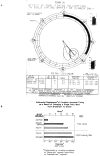
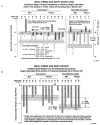
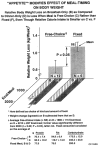


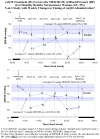
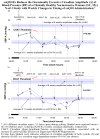



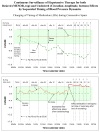

References
-
- Arble DM, Goldschmidt C, Vitaterna MH, Turek FW. Circadian eating and sleeping patterns in the night eating syndrome. Sleep. 2009;32:A61.
-
- Halberg F. Protection by timing treatment according to bodily rhythms: an analogy to protection by scrubbing before surgery. Chronobiologia. 1974;1(Suppl 1):27–68. - PubMed
-
- Halberg F, Haus E, Cornélissen G. From biologic rhythms to chronomes relevant for nutrition. In: Marriott BM, editor. Not eating enough: Overcoming underconsumption of military operational rations. Washington DC: National Academy Press; 1995. pp. 361–372. http://books.nap.edu/books/0309053412/html/361.html#pagetop. - PubMed
-
- Goetz FC, Bishop J, Halberg F, et al. Timing of single daily meal influences relations among human circadian rhythms in urinary cyclic AMP and hemic glucagon, insulin and iron. Experientia (Basel) 1976;32:1081–4. - PubMed
Grants and funding
LinkOut - more resources
Full Text Sources
